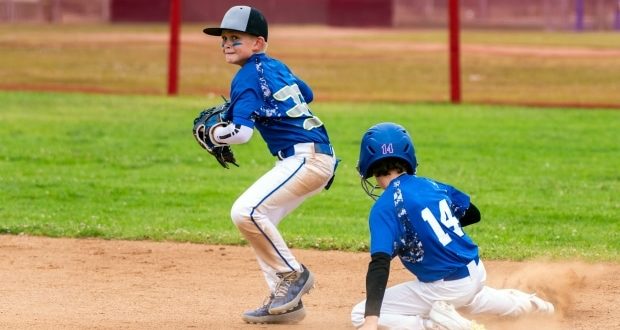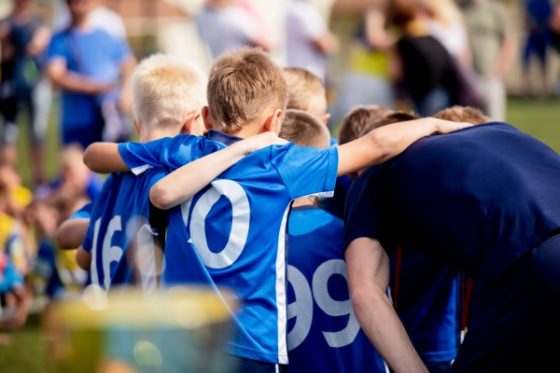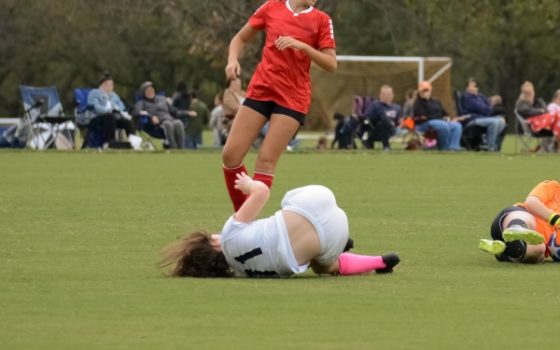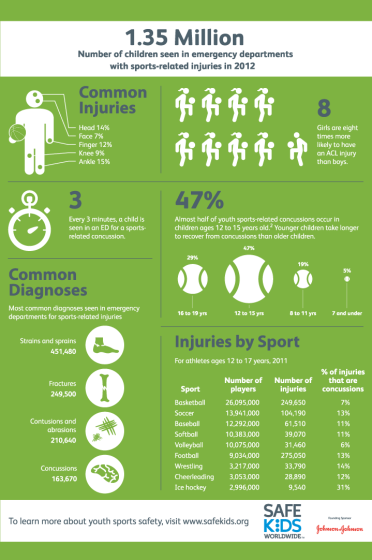Writer Savannah Coulsen challenges us with the question, “Should your kids play contact sports?”
I’m personally faced with this question. My son, Nathaniel, is 14 years old, and he recently asked to play tackle football. In previous years, he played flag football.
He also played soccer and basketball. Please read what Savannah has to say.
Health Problems
If you think it’s safe for your child or teenager to play contact sports, then it’s time to reconsider based on new evidence found by medical experts.
Many older professional athletes are now experiencing serious long-term health problems, including brain damage resulting from participating in contact sports such as football and boxing.
Despite wearing sturdy protective gear made for a particular athletic activity, there’s a possibility of the brain, joint, or organ damage while playing any contact sport.
Serious Accidents
Every year, numerous athletes of all ages have serious sports injuries, requiring emergency medical attention for broken bones or torn cartilage. Occasionally, athletes may die while practicing during hot weather due to heat strokes or in actual games due to heart attacks.
While most public and private schools require students to wear helmets and protective pads during contact sports, receiving a mild head concussion or other injury is quite common. Also, if your child is injured, hiring an attorney can be a costly and lengthy process.
Luckily, some law firms like Bronson Jones & Company exist, which can help speed up the claims process. But accidents are a serious problem.
Neck Injuries
Children involved in a contact sport through a gym class or after-school program are often of different ages and sizes. This can increase the risks for injury such as chipped neck vertebra while receiving a hard knockdown on the playing field.
While a child might be wearing protective sports gear, the items may not be the correct fit or attached properly to prevent an injury. There is also the danger of children piling on top of one another during a rough game, leading to the possibility of chest injuries or suffocation.
Brain Damage
Experts don’t coach many children and teenagers participating in contact sports to understand, teaching them how to safely catch a football or deflect a body blow from another player.
A child continually having other players running into them may have their brain similarly shaken inside their skull as a shaken baby syndrome. Specialists in neurodevelopment believe the constant collisions with hard objects in addition to shaking are damaging children’s brains, leading to learning disabilities and other health problems.
Teaches Aggressiveness
Mental health professionals are worried the intense aggressiveness taught in contact sports leads to violent behavior off the playing field. For example, children are taught it’s acceptable to use their bodies forcefully to fight for items they want.
A child may not understand using knockdowns during gym class is acceptable but isn’t appropriate while on a school bus.
As you can see, there are many things you don’t normally think of when registering your child for a contact sport. Make sure you know all that is involved and at-risk when playing contact sports. It may just change your mind.
Did Savannah change your mind? She certainly gave the Pretty Lady and me a lot to think about. I did some research. Sport concussion expert and neurosurgeon Robert Cantu proposes children under 14 years old do not participate in:
- tackle football,
- full checking in hockey, and
- heading in soccer.
He proposes these restrictions because their brains and bodies are still developing and therefore more vulnerable to serious injury. As a result, I can feel a little more comfortable allowing Nathaniel to play tackle football.
However, I realize Roberta, and I still need to make sure Nathaniel has the proper safety equipment, that it fits properly, the coach is teaching proper tackling technique, and we’re aware of and look for signs of post-game trauma and injury.









